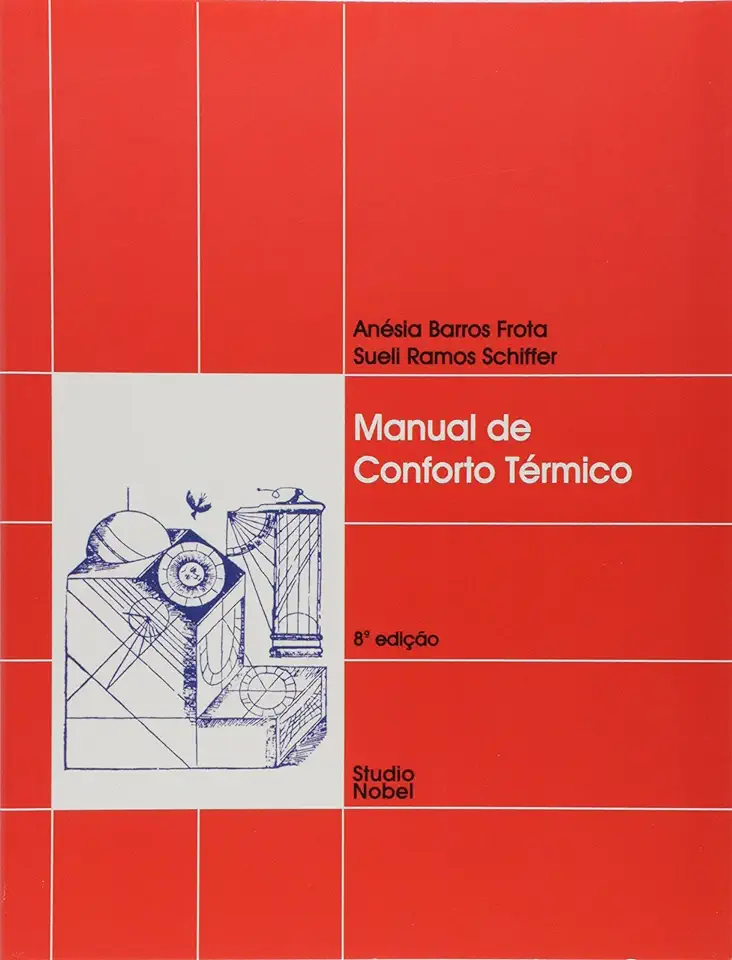
Thermal Comfort Manual - Anésia Barros Frota / Sueli Ramos Schiffer
Thermal Comfort Manual: A Comprehensive Guide to Achieving Optimal Thermal Comfort in Buildings
Introduction
Thermal comfort is a crucial factor in creating a healthy and productive indoor environment. This comprehensive manual provides a thorough understanding of thermal comfort and its various aspects, offering practical guidance on achieving optimal thermal comfort in buildings.
Understanding Thermal Comfort
Thermal comfort refers to the state of mind in which a person feels neither too hot nor too cold. It is influenced by various factors, including air temperature, humidity, air movement, and radiant temperature. This manual explores the principles of thermal comfort and the different factors that affect it.
Thermal Comfort Standards and Guidelines
The manual presents an overview of thermal comfort standards and guidelines established by international organizations such as ASHRAE, ISO, and CEN. These standards provide specific criteria and recommendations for achieving thermal comfort in different types of buildings.
Thermal Comfort Assessment Methods
Various methods are available for assessing thermal comfort. This manual discusses subjective methods, such as surveys and questionnaires, as well as objective methods, such as measuring physical parameters and using thermal comfort models.
Thermal Comfort Design Strategies
The manual offers practical strategies for designing buildings that promote thermal comfort. These strategies include passive design techniques, such as proper building orientation, shading, and insulation, as well as active systems, such as heating, cooling, and ventilation.
Case Studies and Examples
To illustrate the application of thermal comfort principles, the manual presents real-world case studies and examples of successful thermal comfort design in different types of buildings. These case studies provide valuable insights and lessons learned from practical implementations.
Conclusion
The Thermal Comfort Manual is an indispensable resource for architects, engineers, building designers, and anyone interested in creating thermally comfortable indoor environments. With its comprehensive coverage of thermal comfort principles, standards, assessment methods, and design strategies, this manual empowers professionals to make informed decisions and achieve optimal thermal comfort in their projects.
Benefits of the Thermal Comfort Manual:
- Gain a thorough understanding of thermal comfort and its impact on occupant well-being and productivity.
- Stay up-to-date with the latest thermal comfort standards and guidelines.
- Learn practical methods for assessing thermal comfort in buildings.
- Discover effective design strategies for achieving optimal thermal comfort.
- Get inspired by real-world case studies and examples of successful thermal comfort design.
Order Your Copy Today!
Don't miss out on this essential resource for creating thermally comfortable indoor environments. Order your copy of the Thermal Comfort Manual today and start your journey towards achieving optimal thermal comfort in your projects.